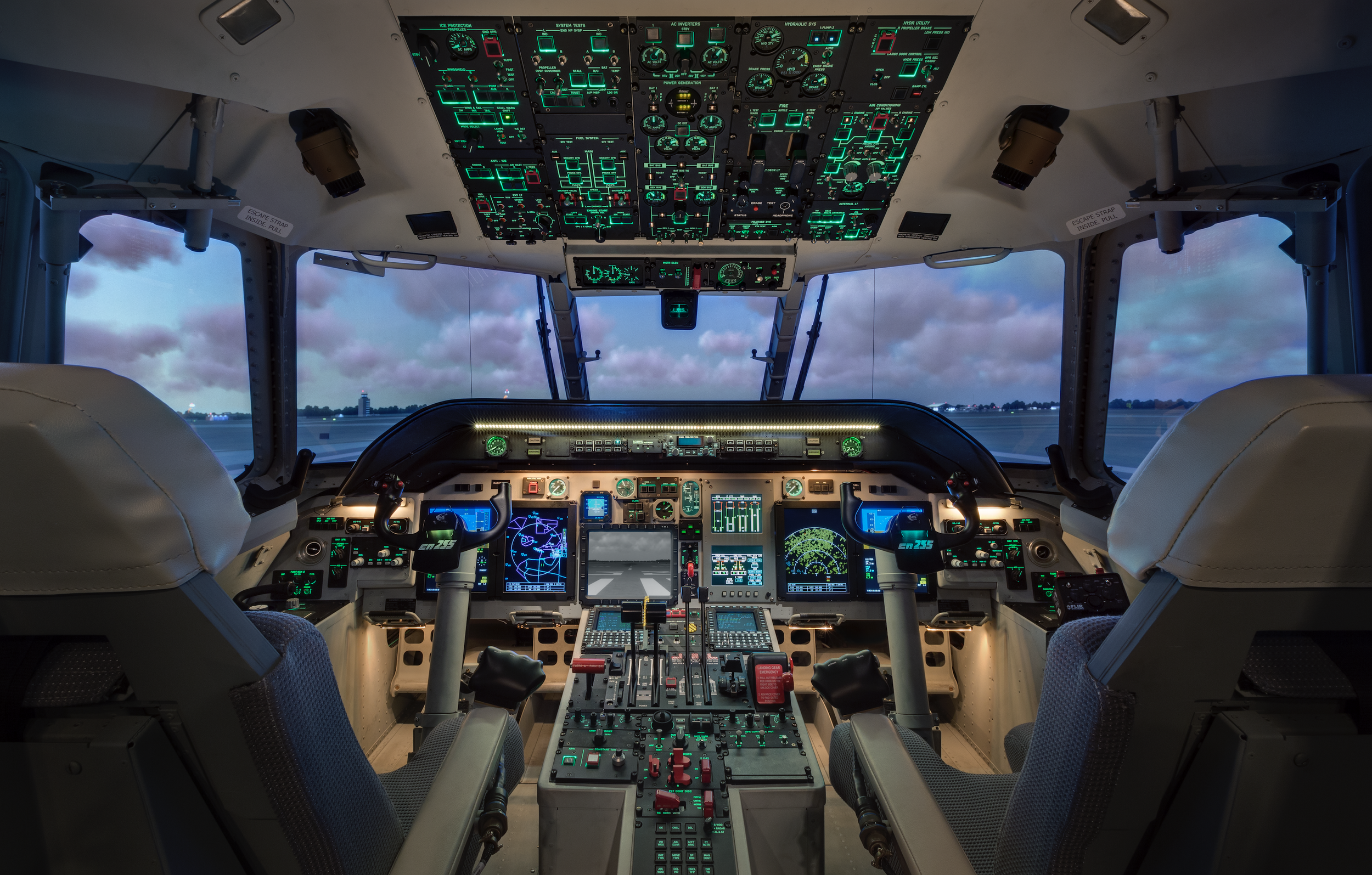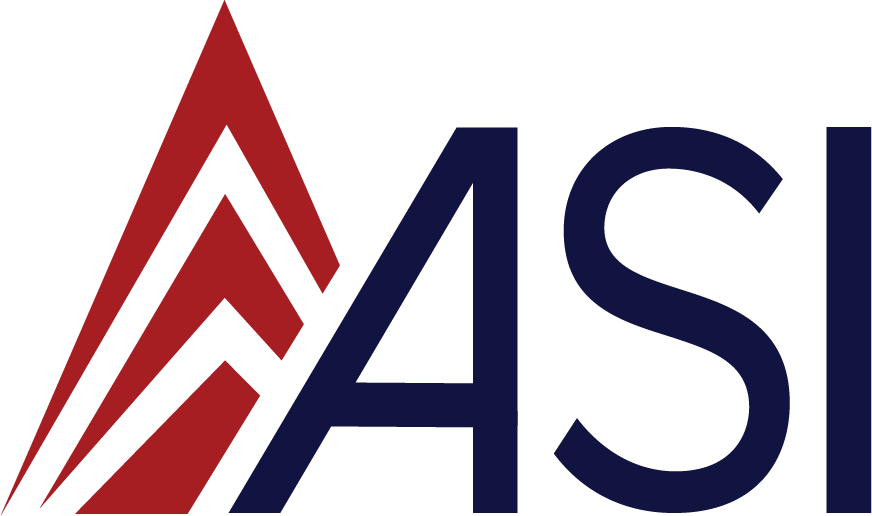
Flight Training Devices
There is more to getting a Flight Training Device (FTD) right than meeting the minimums of FAA/CASA/EASA or military acceptance criteria. Turning training into meaningful lessons learned means going beyond the acceptance criteria.
This is an important point to ASI, our family of FTDs, and every single one of the thousands of Aviators worldwide who have depended on an ASI FTD (and our RATDs) to learn how to safely accomplish their mission(s).
The basics
An FTD is a device that synthetically provides aircrew with aircraft flight and flight environmental cues. This necessarily includes replicating the varied equations that govern aircraft flight (or ship or tank’s movement, a car’s speed, etc) and how they react to inputs from the aircrew matched against the aircraft’s behaviors and the environmental affects against both (at a minimum).
It is more than, “push forward and the earth gets bigger; pull back and the sky gets bigger.” In a way, actual aircraft design is less complicated because one merely has to account for the outside world, not (literally) re-create it within the synthetic environment.
For over 30 years, this has been ASI’s sweat-spot. The behavior, appearance, tuned to the touch and feel of aircraft systems, external factors such as temperature, air density, turbulence, wind shear(s), clouds, precipitation, etc all directly affect the realism of flight training.
The very best, rely on the very best.
The Department of Defense’s most highly skilled and trusted helicopter pilots whose training protects the President of the United States in the VH-3 and the VH-60N Presidential Helicopter APT.
The Nation’s bravest aircrews rely on ASI training devices when training to fly into unparalleled storm conditions in United States Coast Guard’s MH-60T, MH-65E, HC-27J, and the HC-144B (in the World’s Largest Collimated Field of View on motion) and to save lives or drug interdiction to protect them.
Read more about our Fixed-Wing Programs and Rotary Programs to solidify your decision that if you want it done correctly, on time, on budget, and beyond your expectations in quality and sustainability – an ASI FTD (or RATD) is the correct choice for realism in cockpit and cabin training.

